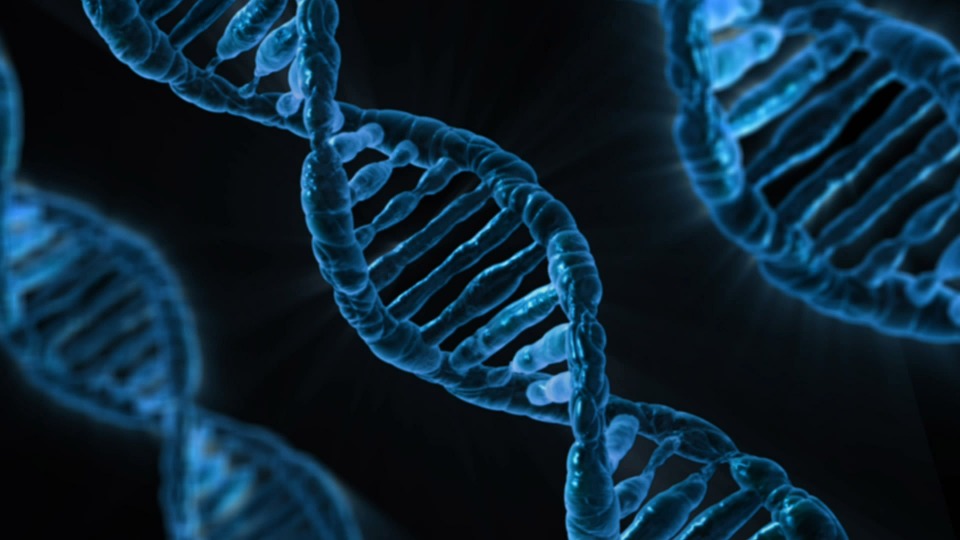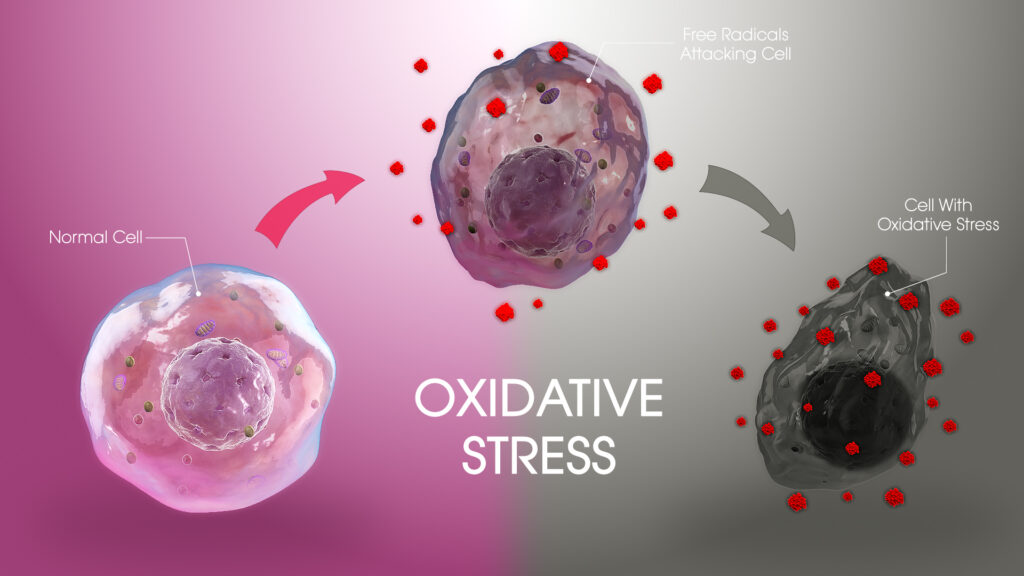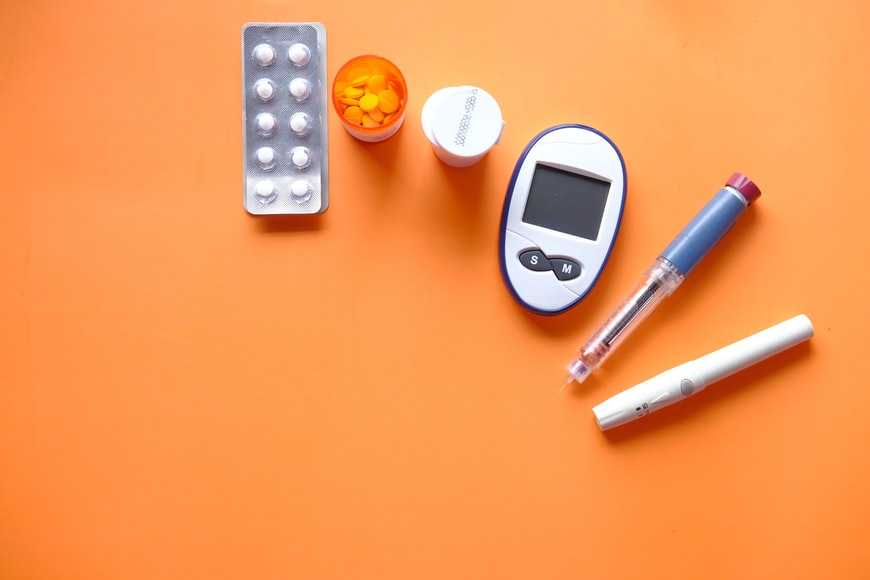Dynamics of Longevity Genes: How The Gene Expression Changes Impact Aging
Science • February 1, 2022 • 6min read

Have you ever thought about how all your cells in the body know exactly what to do to keep you alive? That’s because of your DNA – it encodes the blueprint of molecular instructions to turn on/off the genes needed for specific functions. This activation/deactivation of genes is called gene expression. And depending on what longevity genes are turned on or off, it can make you live until eighty — or perhaps a century.
Unfortunately, genes get damaged or dysfunctional as we age. Here, let’s talk about some important longevity genes and what happens when their expression levels become abnormal.
SIRT1
SIRT1 is involved in regulating inflammation, DNA repair, and other genes like SIRT3 and FOXO3. When its expression level is high, inflammation can be faster resolved by the body. Repair of damaged DNA becomes optimal to prevent premature aging and cancer-causing mutations.
SIRT1 activates FOXO3 to trigger antioxidant responses as well as regulate inflammation. Interestingly, even if SIRT1 becomes low, SIRT3 increases in order to ameliorate oxidative stress and DNA damage.
SIRT2
When SIRT2 is high, it induces the expression of another gene called PRX1 (Paired-Related Homeobox Protein 1). The function of the PRX1 gene is to eliminate free radicals like ROS (reactive oxygen species) by scavenging them to prevent damage to cells and tissues.
Therefore, when SIRT2 is reduced, PRX1 is also reduced, resulting in unregulated ROS accumulation leading to oxidative stress, mitochondrial damage, neurodegeneration, and accelerated aging. Meanwhile, high SIRT2 levels can lengthen lifespan by reducing oxidative damage.

SIRT3
SIRT3 protects against high cholesterol levels, a driver of coronary heart disease and stroke. It also protects cells from oxidative stress, DNA damage, and cell death. Additionally, it promotes the activity of AMPK, FOXO3, and SOD2.
AMPK is involved in energy expenditure. FOXO3 activates the SOD2 antioxidant system to curb free radical damage. So, when SIRT3 levels are low, the AMPK, FOXO3, and SOD2 cannot function properly, thereby causing compromised energy production and defective clearance of free radicals.
SIRT4
SIRT4 promotes balanced insulin secretion. This is attained by SIRT4 by controlling the expression of GDH (Glutamate Dehydrogenase) which is a gene that promotes the release of insulin in the blood and controls sugar levels.
However, when SIRT4 expression levels become scarce, GDH expression uncontrollably becomes very high. This process causes too much insulin in the blood to be secreted leading to insulin resistance and diabetes. On the other hand, when SIRT4 expression is high, GDH is restrained so that insulin release and blood sugar levels are properly kept under control.
SIRT5
SIRT5 also protects cells against ROS-driven oxidative stress. Specifically, SIRT5 promotes FOXO3 activity which in turn triggers the activation of the body’s SOD2 antioxidant system. Hence, the higher the SIRT5 expression, the higher is the antioxidant capacity. Low SIRT5 expression levels fail FOXO3 to activate SOD2. Thus, the free radical ROS scavenging process becomes defective.

SIRT6
SIRT6 enhances longevity through more efficient DNA repair. To do this, SIRT6 recruits another gene called SMARCA5 (SWI/SNF-related matrix-associated actin-dependent regulator of chromatin subfamily A member 5) to the site of DNA damage. SMARCA5 belongs to a family of genes that is capable of controlling the structure and accessibility of chromatin (a highly condensed complex of DNA coiled into proteins, that serves as a DNA packaging mechanism).
But because chromatin is a tightly-packaged complex, the actual DNA sequence is not accessible. If it is not accessible, the gene cannot be expressed or repaired when damaged. This is where SMARCA5 comes into action.
SMARCA5 opens this tightly-packaged chromatin complex in a stable way to permit access to the specific location of the gene to turn it on/off or to allow the successful repair of the damaged DNA. Therefore, since they need each other to perform this, if SIRT6 or SMARCA5 expression levels decrease, the DNA repair activity will also be reduced, leading to mutations and aberrant aging.
In contrast, high SIRT6 levels promote SMARCA5 activity to do more efficient DNA repair to promote longevity.
SIRT7
SIRT7 regulates the body’s cellular stress response and UV-induced DNA damage by improving the inherent DNA repair processes. SIRT7 does this through the stabilization of another gene called the TP53 gene (Tumor Protein P53). The TP53 gene is classified as a tumor suppressor gene because of its active role in stopping the formation of tumors.
It facilitates the repair of DNA damage or promotes the destruction of cells when it is already defective beyond repair. High levels of SIRT7 promote TP53 activity to protect the DNA from damage. If SIRT7 is low, TP53 levels will also be diminished resulting in unchecked cellular DNA damage.

FOXO3, SOD2
FOXO3 is the activator of SOD2 gene expression, an antioxidant system against free radicals. Once SOD2 is activated, it functions to curb ROS levels. When FOXO3 is high, there is efficient SOD2 activity to ameliorate ROS.
However, due to some factors, if FOXO3 is lowly expressed, SOD2 cannot be activated and its function is inhibited leading to an uncontrolled cascade of ROS-driven oxidative stress and cellular damage.
AMPK
Interestingly, AMPK and SIRT1 support each other’s gene expression. High AMPK levels boost NAD+ levels and induce SIRT1 activation. Consequently, this SIRT1 activation also activates another gene called LKB1 (Liver kinase B1).
This forms a positive feedback mechanism because the activation of LKB1 drives the amplification of AMPK expression to further increase its self-expression levels. In effect, AMPK and LKB1 increase SIRT1 levels to promote DNA repair, inflammation resolution, metabolism regulation, and oxidative stress control. If their gene expressions become low, abnormal inflammation will happen, fat breakdown will be impaired, energy production will be reduced, and antioxidation will not be working properly.
So, this is how changes in some longevity gene expressions impact aging.
Over time, your genes and cells become less and less efficient. The more you age, the more dysfunctional they become. Fortunately, biological aging can be reversed through specific supplementation and a healthy lifestyle. You can reverse biological aging. You have the power to turn on or off your genes. And you can choose to live until eighty — or perhaps a century.



